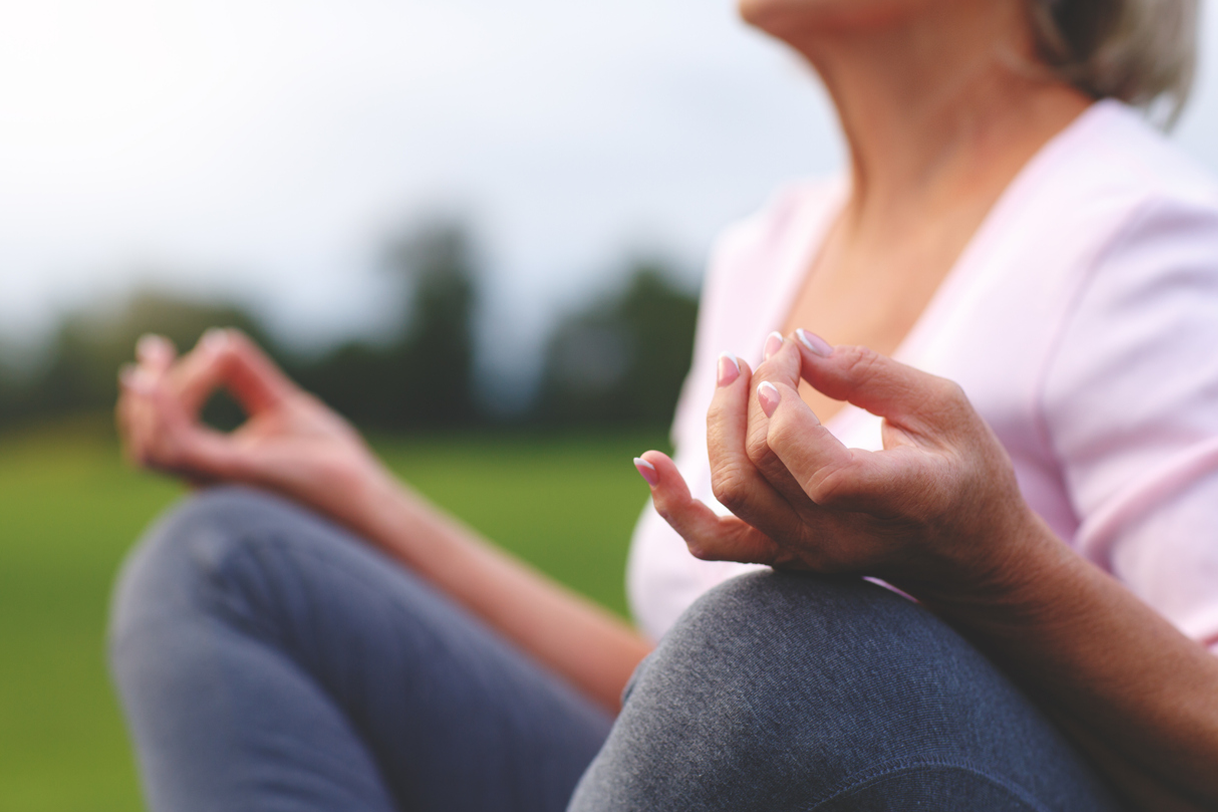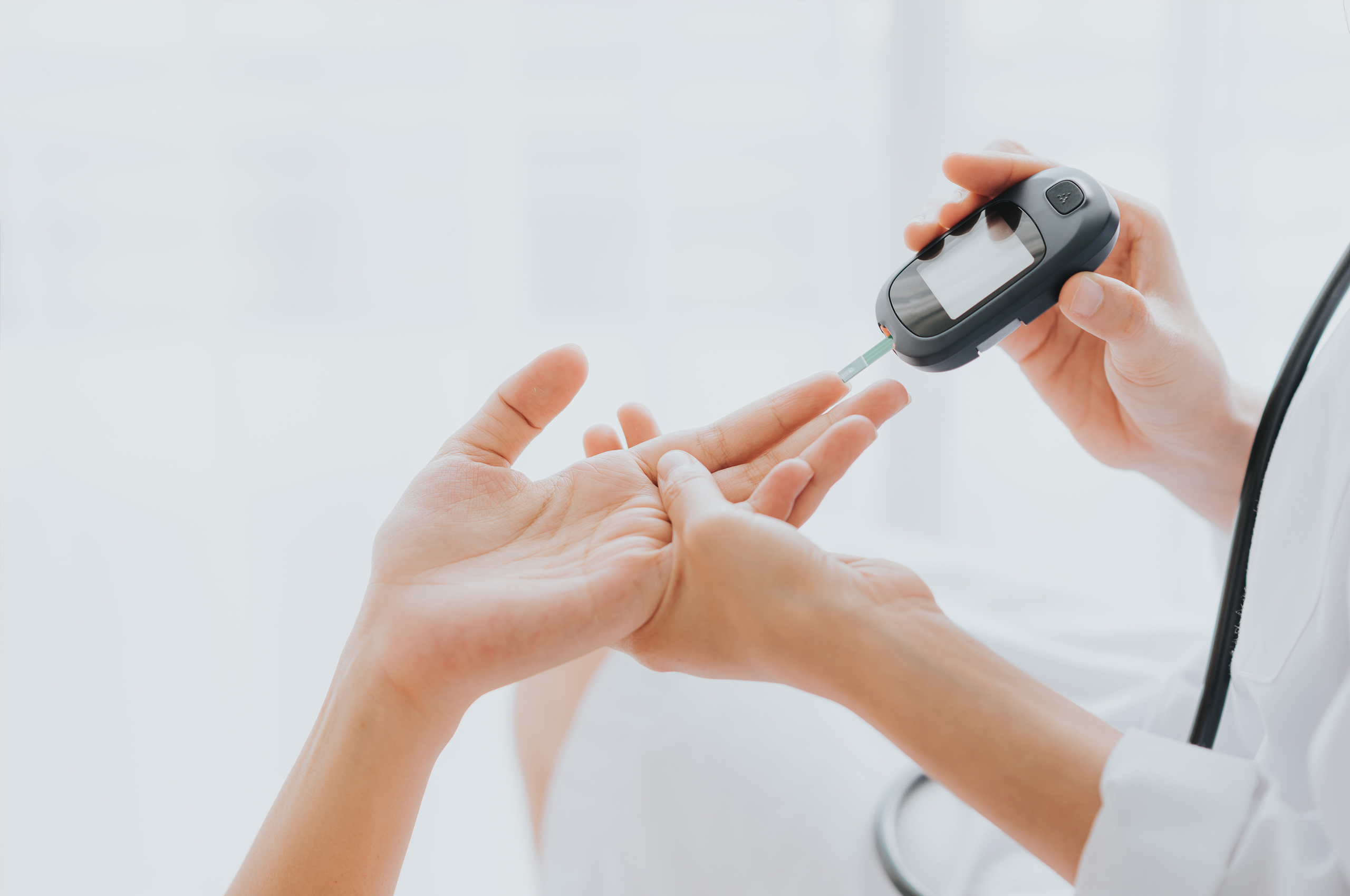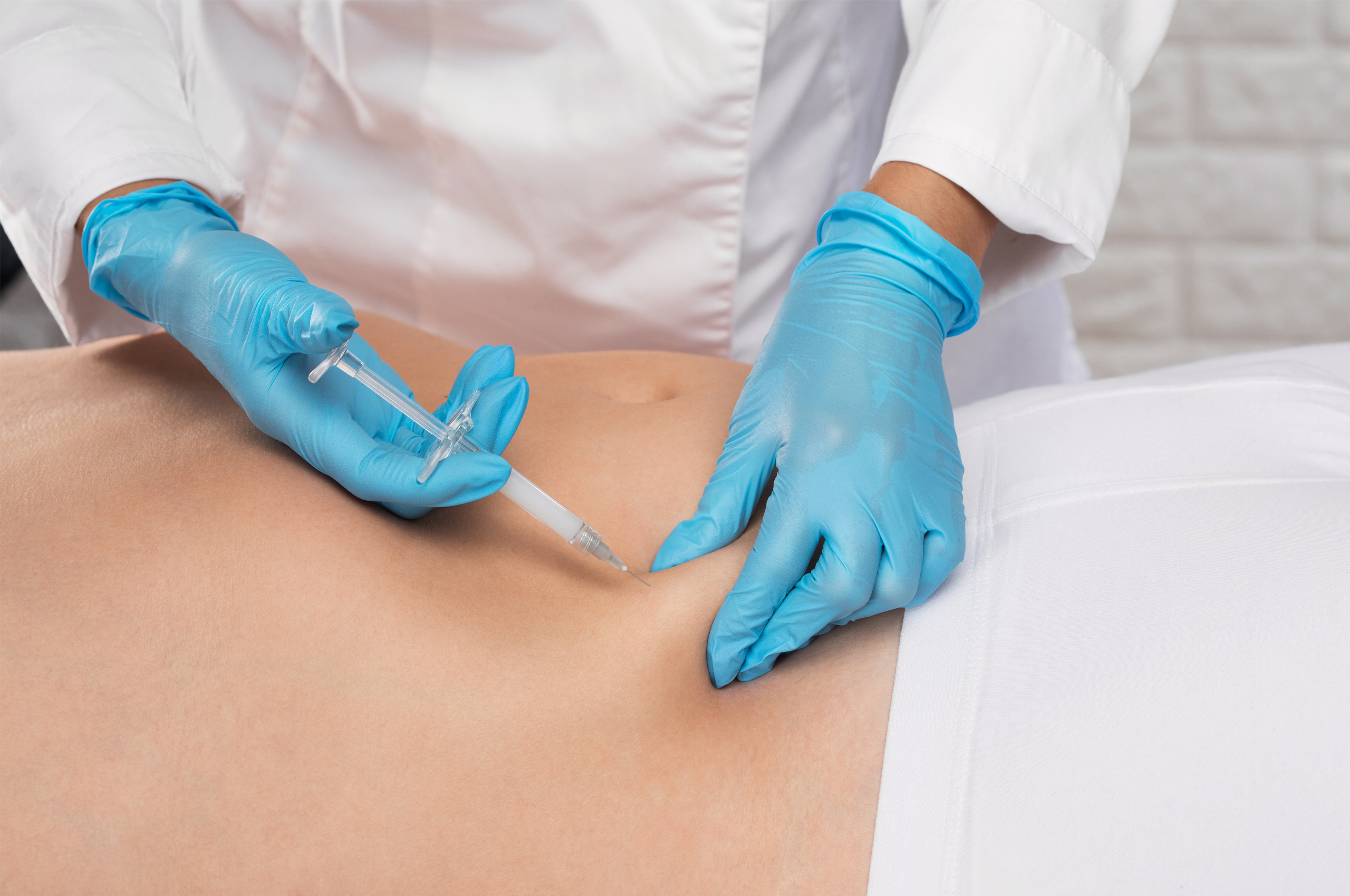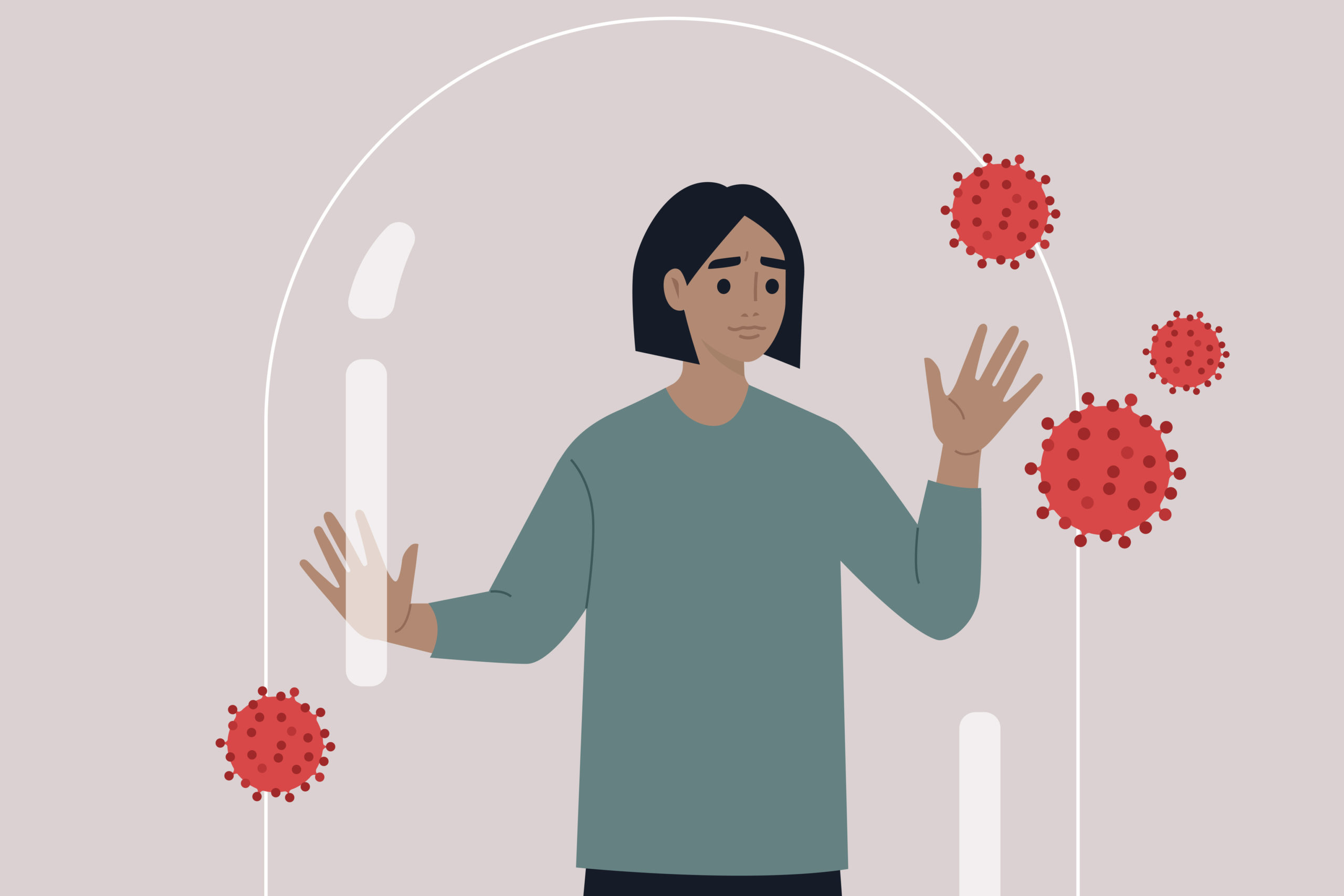Have you noticed the recent upsurge of images showing lithe beings in patterned Lycra performing impossible looking Yoga poses? Unless you already practice Yoga then it’s very unlikely you have thought about Yoga as helpful complementary support to your peri and post menopause health regime as the images do suggest that Yoga is for bendy, skinny people who can wear Lycra without breaking a sweat!
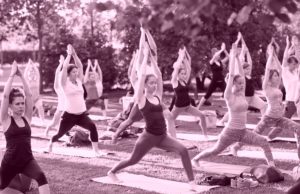
The truth is, Yoga has a lot to offer mid and later life women. But you do need to know which aspects of it are likely to help and which aren’t. Yoga is much more than just physical poses. At its core it’s a range of practices (some physical, which are called “Asana” or postures) which are designed to calm and balance mind, body and spirit while bringing new energy into the body and helping to detox. Yoga history is considered to be around 5000 years old and today, science is able to measure quantifiable improvements in a range of situations. And you do not have to be flexible, just willing to practice.
During peri menopause as you know, many women feel much more stressed, tired and vulnerable than usual. Hot flashes, night sweats, aches, pains and emotional swings are often part of the menopause experience.
In addition, blood pressure can rise, memory becomes patchy and thinking downright ‘fuzzy’.
Yoga offers relief for increased stress, tiredness and blood pressure issues, particularly through the use of ‘Yin’ style poses. In this style, there is no fast movement or complexity. The body is well supported (literally, by blankets, bolsters and blocks) in movements which are slow and easy. There is plenty of time for deep relaxation. Most movement is done either sitting or lying down.
Muscles and tendons are gently stretched without pulling or bouncing. This, in turn, helps joints to release and lubricate as well as releasing tension from muscle tissues. You’ll have heard that when we are stressed we are often said to be in “flight or fight (or freeze) mode”. The body prepares for this by increasing production of the stress hormone cortisol (and other hormones) and redirecting blood away from digestion and the reproductive organs. This continues for as long as the stress-inducing threat – or perceived threat – is present in the mind of the individual.
Scientists have known for years that elevated cortisol levels interfere with learning and memory, lower immune function and bone density, increase weight gain, blood pressure, cholesterol, heart disease. So one of the positive aspects of a quiet – or Yin style – of Yoga practice is that it allows the PNS (the part of the autonomic nervous system that helps us into calm states of being) to be strengthened.
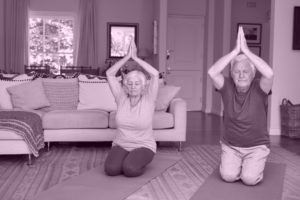
Neuropsychologist and meditation teacher Rick Hanson says the PNS (parasympathetic nervous system) and the SNS (sympathetic nervous system) are connected like a seesaw; when one goes up, the other one goes down.
If your SNS constantly jumps into action throughout the day, your body will produce more stress hormones, your heart will work harder and you may even not tune into your need to rest or eat properly. This will tend to create an imbalance. By activating the PNS, (think ‘P in PNS for peace and ‘S’ in SNS for stress) yoga strengthens its circuitry and brings balance to the’ seesaw.’
Nutritional anthropologist Linda Knittel describes a study conducted by Thomas Jefferson Medical College in Philadelphia and the Yoga Research Society. When researchers measured the cortisol levels of participants both before and after a yoga class, they discovered a significant decrease after the class.
If you’re interested in trying a class, talk to a range of teachers before you attend and ask about their style of teaching. Find out whether they have had any particular education in helping women in and after menopause and which of their classes would suit you best. Take a trial session. Proper instruction is necessary to safeguard your health, so please find a qualified teacher with the right experience level for your needs.
You should be asked about your health history, any current medication and your goals for practising Yoga. Here are a few ideas of Yoga practices that may help you:-
- For disturbed sleep try Yin Yoga style: Yoga Nidra (a very deep relaxation and a Pranayama (breathing) practice called Nadi Sodhana (alternate nostril breathing) which induces a sense of calm and is said to balance the brain.
- For Cognitive improvements: Deep Yogic breathing and slow balancing poses that require focus. Deep breathing brings more oxygen to the body and brain and exhaling removes toxins; it could help with ‘brain fog’ as may poses that support cleansing liver and kidneys. Also, try meditation techniques with eyes open – say meditating on a candle flame or other object. This helps discipline the mind to rest on one thing.
- Osteoporosis care – weight-bearing postures can help bones stay strong by ‘stressing’ them. Osteoporosis is a real hazard after menopause and women need to do weight-bearing exercise. Yoga has many poses that do this. For example: Downward and upward facing dog pose: Tadasana: Plank: Warrior: Sun Salutations and balances such as Tree.
- Blood Pressure. 3 part yogic breathing using the diaphragm correctly (it’s the second biggest muscle of respiration) helps to bring more oxygen into the body while at the same time sending a calming signal (sometimes known as “the relaxation response”) to the brain.
- When the heart doesn’t have to work so hard to pump blood to provide oxygen to cells it can slow down and recover. Hot flushes. Two breathing practices (Pranayama) are particularly well known for their cooling properties Sithali and Sitkari are said to lower body temperature and the practice of
Yoga Nidra (a deep relaxation where you are very relaxed but not asleep) has been found by some women to alleviate flushes.
Another really delicious benefit of Yoga practice is that it encourages you to get in touch with places in your body, where tension is held. In my classes, I teach self-massage techniques that soften the jaw, scalp, neck, shoulders, thigh muscles and calves. I love to see the relief on faces as a tight shoulder softens or a ‘hot spot’ in an upper arm releases. You can also get yourself acquainted with your feet and learn some simple reflexology moves for hormonal balancing and digestive support, for example. Your Yoga session can become so much more than a few moves. Even 30 minutes of relaxing, breathing and self-massage will bring you an elevated mood, regulated breathing and a smile on your face!
Lastly, do check with your GP or health care provider before you start any new form of exercise, to ensure you are fit to practice. One of the central tenets of the philosophy of Yoga is called ‘ahimsa’ or ‘non-harming’. Find what works best for you and don’t do anything that makes you feel unwell, hurts or otherwise causes you pain or major discomfort. In perimenopause, it is doubly important that you make choices that make you feel good.
Article originally posted on sylk.co.uk
